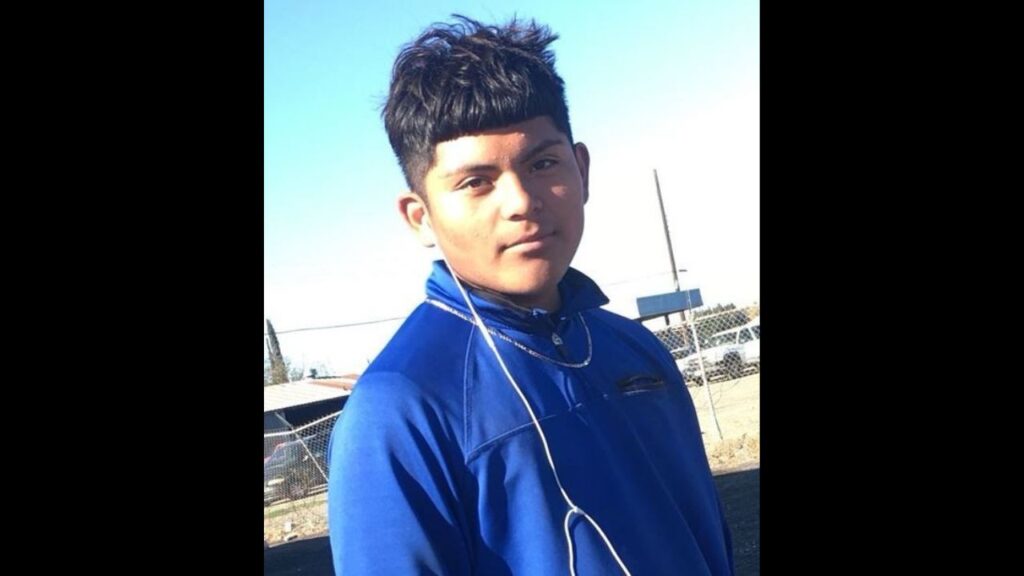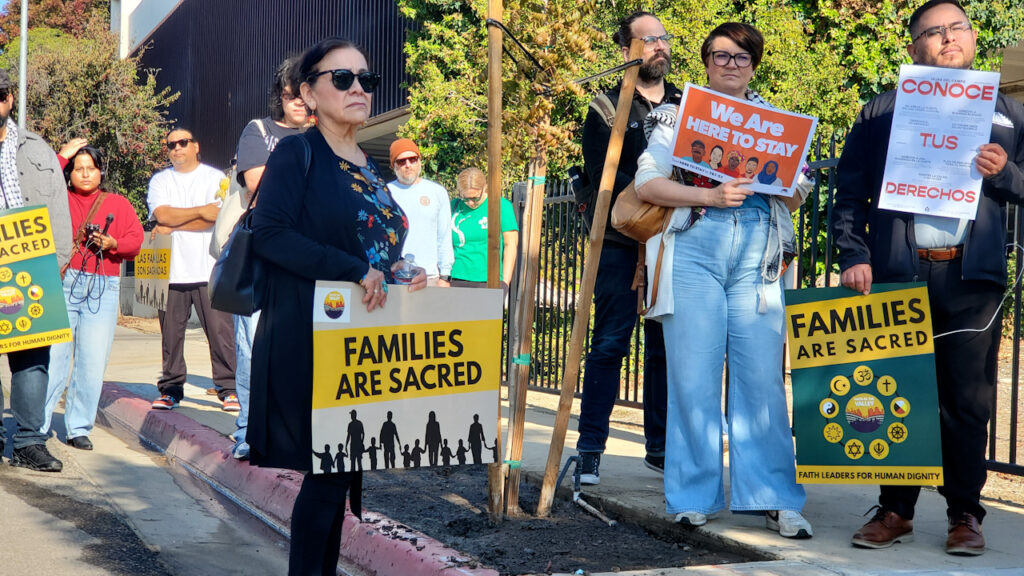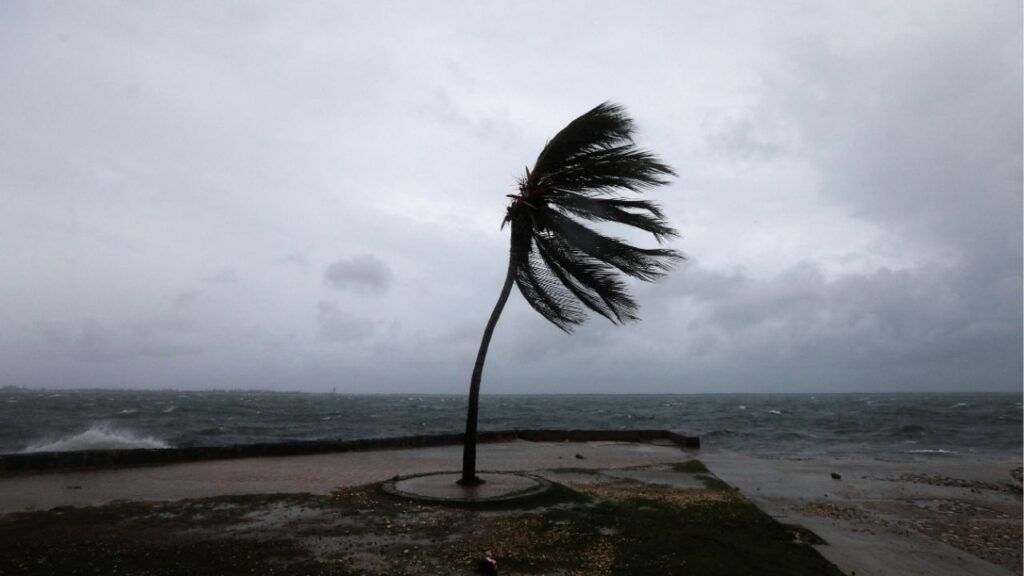Share
The verdict is in: Russia invaded Ukraine for two reasons. One is Moscow’s obsessive pursuit of nationalist and imperial ambitions—unifying the two countries and eliminating a separate Ukrainian identity. The other is Vladimir Putin’s misperception—he is an insulated, overconfident autocrat who misplayed his hand.
These theories are surely true, but there’s usually more to the story.
However reprehensible, Putin’s invasion was realpolitik. He was telling Ukraine: It’s time to acknowledge Russia’s strength. Give something up. Adopt neutrality. Refuse new weapons. Renounce your ambition to join the North Atlantic Treaty Organization. Grant separatist-controlled regions autonomy. Allow me to meddle in your politics. Most of Russia’s neighbors had been compelled to make similar sacrifices.
Read more from Wall Street Journal




















